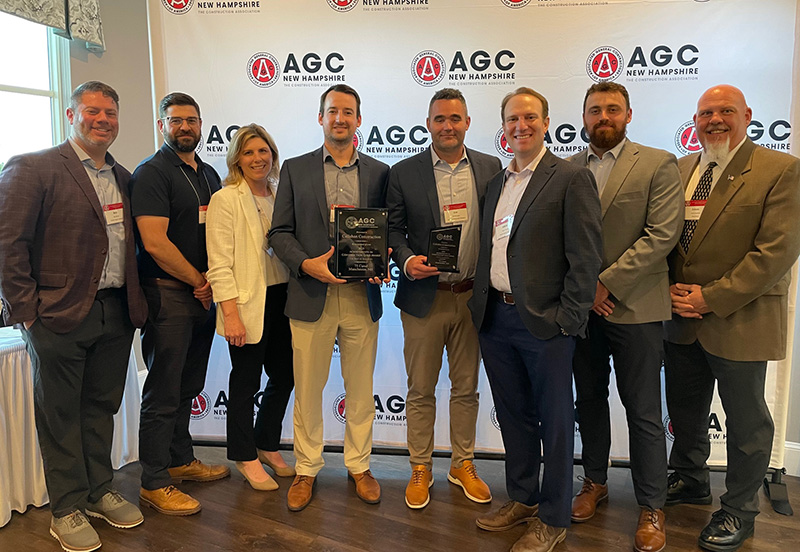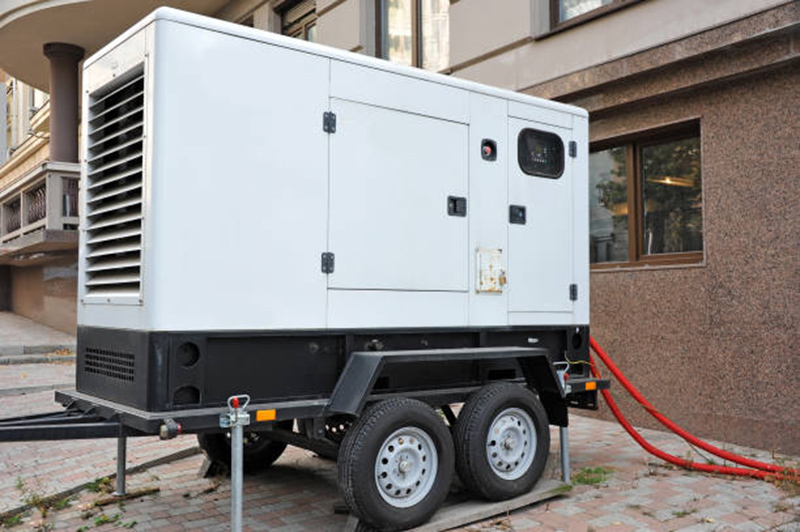News: Construction Design & Engineering
Posted: May 19, 2010
The importance of upgrading/replacing and maintaining fire alarm/life safety systems - part 2
Part one appeared in the April 16 CDE section.
This article explores key considerations in fire alarm system upgrade projects, the importance of an ongoing maintenance and testing program, and key code compliance issues relating to upgrading fire alarm systems.
the Practicality of a Phased Upgrade
The alternative to installing an entirely new life safety/fire alarm system is to replace the system in phases, spreading the cost over a number of years. If cost is a factor, keep in mind that major tenant build-outs can be a great opportunity to incorporate the fire alarm retrofit costs into the tenant construction project. In this type of circumstance, it is critical to separate the fire alarm work from the electrical work to ensure the quality and consistency of the installation and a seamless tie-in to the base building fire alarm system.
A phased upgrade begins with the installation of all cabling for the communication network and power supplies required for a state-of-the-art fire alarm system. This is known as the system "backbone."
The fire alarm design/build contractor and/or the fire protection engineer will determine a route for the backbone cabling which addresses the requirement for 2-hour fire rated protection. The number of panels will be specified to meet the building's needs, typically one per 3 to 5 floors. In selecting a system manufacturer, consider that not all are created equal. Some systems are better suited for high-rise applications and others best serve low-rise applications. The designer will specify the most appropriate system for the facility, based on functionality and efficiency.
Once a manufacturer has been selected and a route secured, a decision should be made concerning existing circuits and devices. Is it best to connect to them or install new devices? In some cases, both scenarios may be chosen. New tenant build-outs may require all new devices to meet present day codes. Existing floors that are not being renovated can be connected to the new backbone, and these floors can be updated in the future, as budgets allow.
If all new devices in the tenant areas are to be installed, their layout and placement is largely code-driven. The mounting heights and physical location on the floors are defined in the National Fire Codes. The type of facility and its occupancy use determine both the number of devices and their locations.
Devices in older buildings tend to be located in places that do not meet current code requirements. Pull stations are typically not mounted at the correct height for the present Americans with Disabilities Act (ADA) codes. The audible visual devices are usually mounted too high with inadequate coverage and are not synchronized. Today's systems need to interface the sprinkler system with monitor modules. These devices connect directly to the waterflow and valve tamper switches to provide annunciation of the individual device at the main control panel.
Smoke detector locations are also code-driven, and the number of detectors required is dictated by type and use of the facility. Present day smoke detectors, which use analog technology to sense a fire, contain more features than their predecessors. These programmable devices help prevent false alarms and are also capable of alerting maintenance personnel when smoke detectors need cleaning. The resulting benefit is more efficient maintenance of detectors.
Whichever manufacturer is selected, all audible and visual devices must meet current UL guidelines for proper light and sound output. All buildings over seventy feet and those classified as 'assembly occupancy' are required to have voice systems.
The Importance of System Maintenance and Testing
A fire alarm maintenance and testing program is a critical aspect of the facility's life safety system. It helps ensure proper operation of the fire alarm system, and will isolate and quickly repair any problems within the system. The testing program should be performed quarterly, and it is imperative that the testing company be UL listed and licensed. An experienced testing company will also keep the fire alarm equipment up-to-date by recommending upgrades to the system as they become available.
Life safety systems are designed to protect people and property. Through the automatic detection of any dangerous fire-related incident, a properly designed and functioning fire alarm system will immediately notify the fire department and/or the building management. If necessary, the system will also facilitate a speedy, orderly and safe evacuation of the building. In high-rise buildings, the system will even unlock doors, control stair pressurization and smoke exhaust fans, and provide communication links for fire fighters. Modern day systems offer all of the features that make these actions possible. The challenge is determining how to upgrade a building to meet current codes in a way that controls cost, minimizes disruption, and allows for expansion and continued upgrading over time.
Tom Rose is vice president, fire alarm division of J.& M. Brown Co., Jamaica Plain, Mass.
MORE FROM Construction Design & Engineering
Nobis Group awards Robinson and Moreira STEM scholarships
Concord, NH Nobis Group, a 100% employee-owned consulting firm specializing in engineering and environmental solutions across the Northeast, has named the recipients of its 2025 STEM Scholarship: Andie Moreira of

Columns and Thought Leadership

The design-build advantage: Integrated interior design solutions - by Parker Snyder
When it comes to corporate interior spaces for both commercial and industrial projects, partnering with a design-build firm with in-house interior design services can offer clients many benefits. Unlike traditional delivery methods where interior designers operate independently from the design and construction teams, often creating a longer project timeline as cost negotiations and revisions ensue

Careers in Construction Month focus on training and safety - by Joe Camilo
October is Careers in Construction Month, and rarely has it been more consequential. According to our chapter’s national parent organization, the construction industry needs to attract half-a-million new workers in the coming year to meet demand. Addressing that need is a huge job, but we at ABC MA are trying to do our part.

The rise of incubators and co-working spaces: The latest in life sciences - by Matt Combs
In recent years, the life science industry has witnessed a shift in how companies operate and innovate. One of the key driving forces behind this transformation is the emergence of incubators and co-working spaces specifically tailored to meet the unique budget and schedule needs of startups.

Ask the Electrician: Is summer a prime time for commercial electrical maintenance?
The answer is “Yes!” While January marks the official new year, many businesses view September as a fresh start. This makes summer an ideal time for commercial property owners to schedule long-term electrical maintenance projects.







